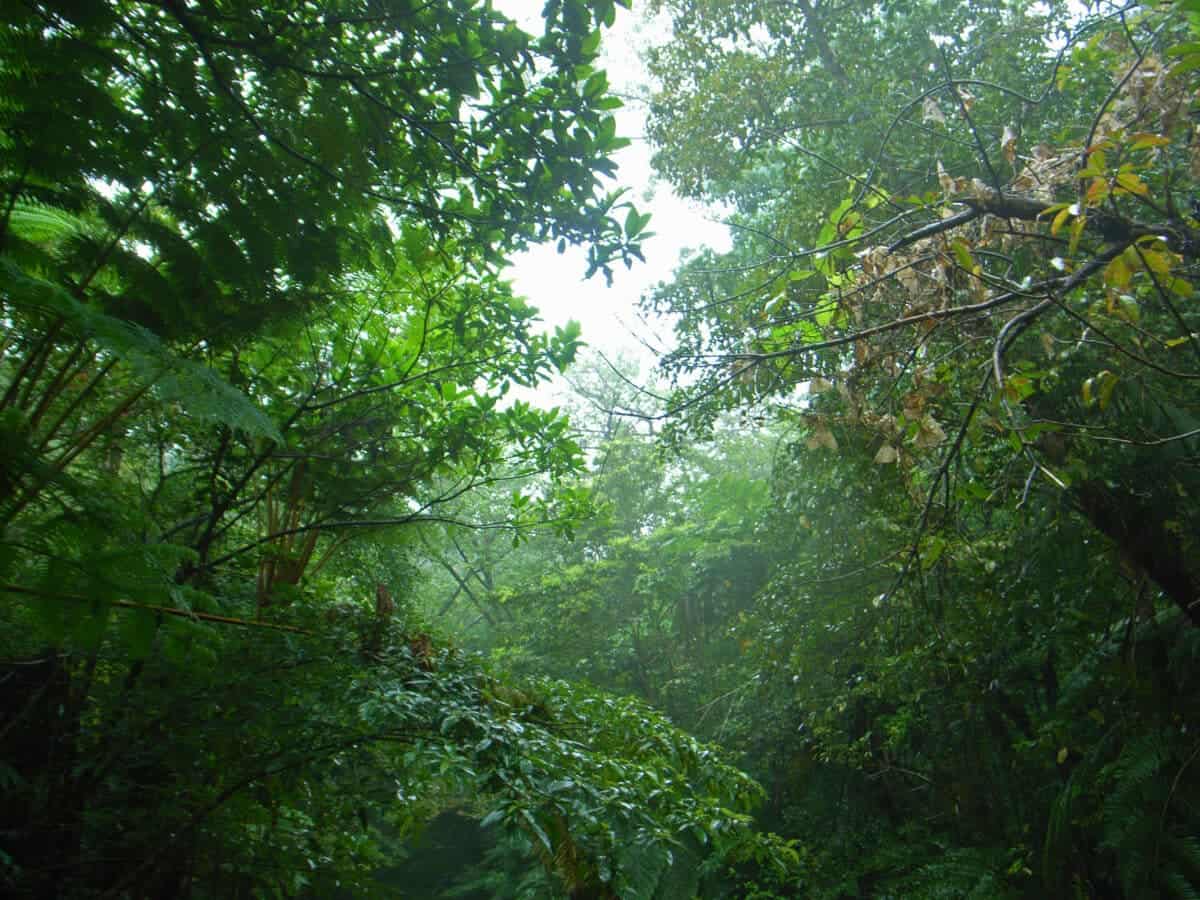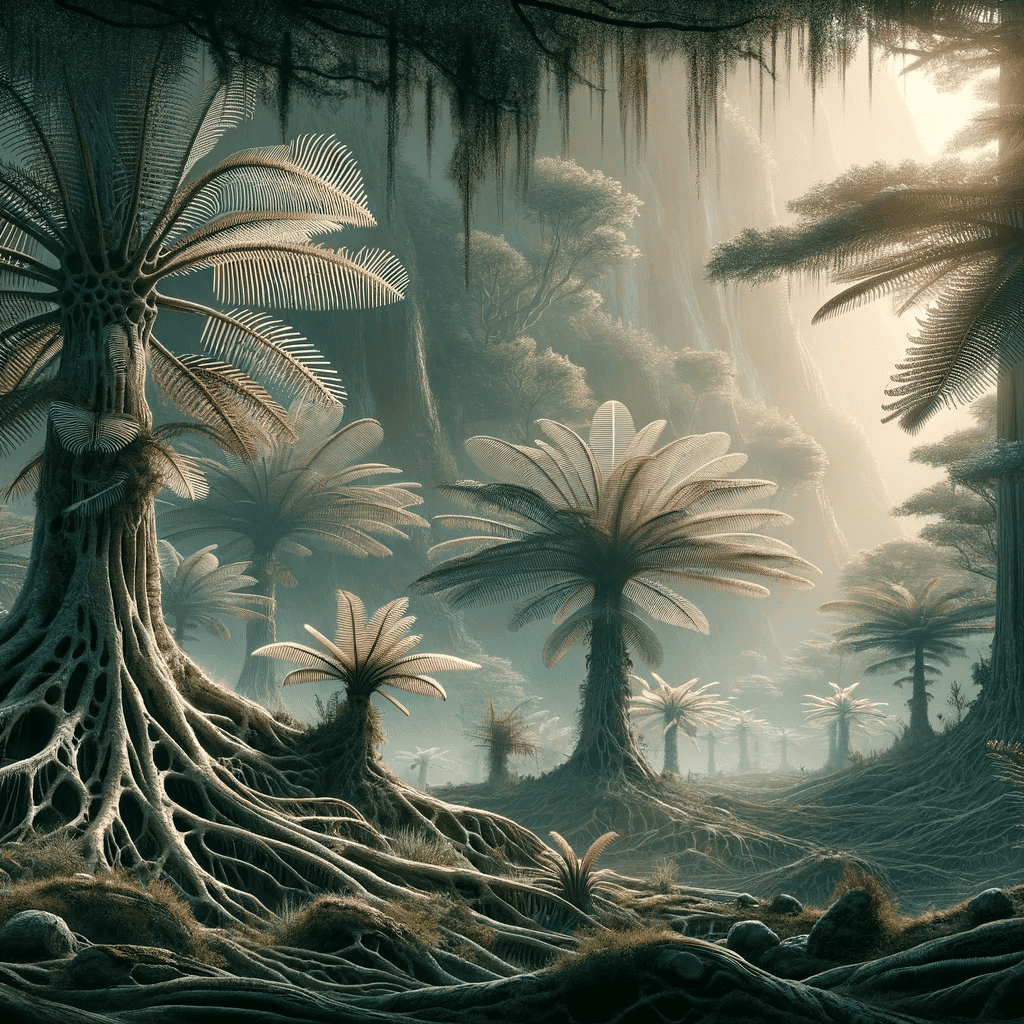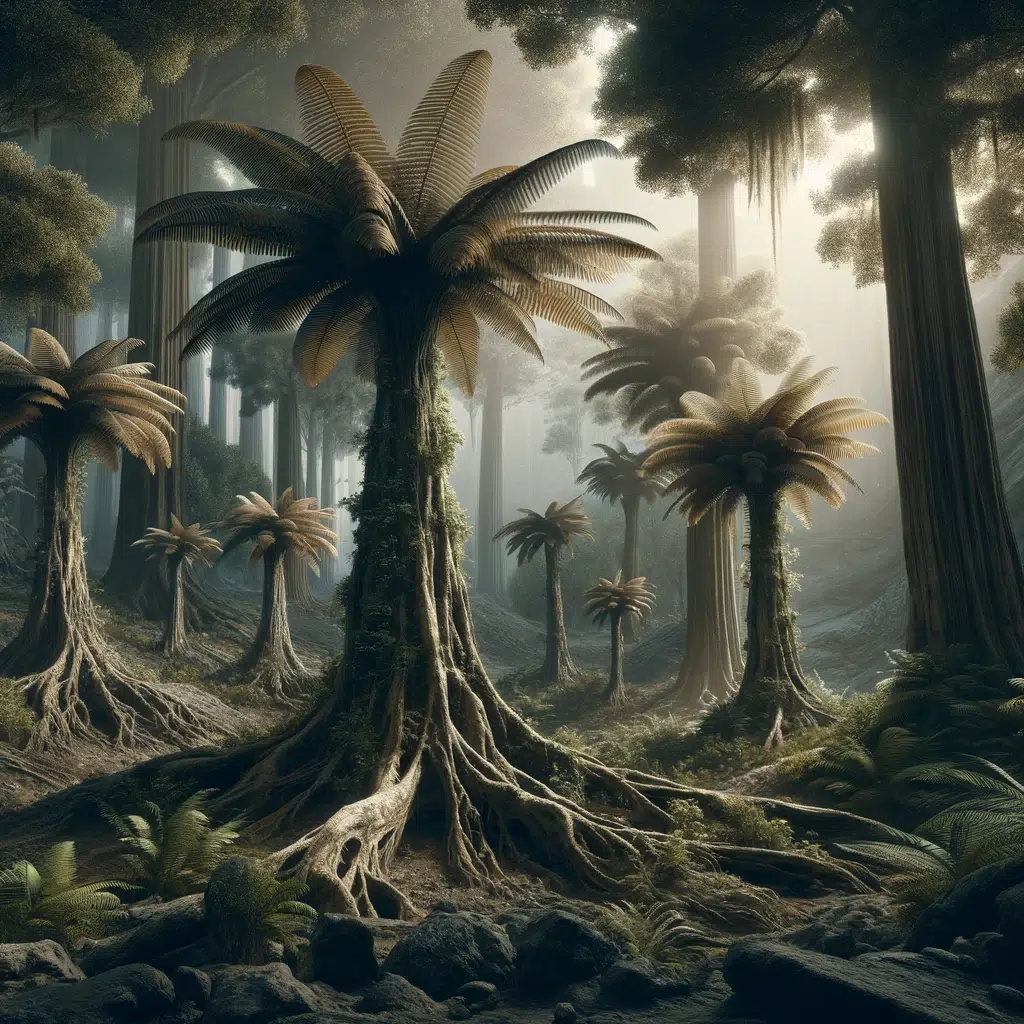The recent discovery of the world’s oldest fossilized forest in the United States has sparked immense interest and excitement within the scientific community and beyond. This remarkable discovery, which pushes the boundaries of our understanding of the Earth’s primordial landscapes, was made in a region of upstate New York, known for its rich paleontological history.
A Leap Back in Time: 385 Million Years
The forest, estimated to be over 385 million years old, predates the previously known oldest forest by nearly two to three million years. This groundbreaking find significantly alters our perception of the timeline of terrestrial plant evolution and sheds new light on the transition of life from water to land.
An Ancient World Revealed

What makes this discovery particularly fascinating is the intricate details preserved in the fossilized remains. The site contains an extensive network of roots, which are believed to belong to ancient tree species like the cladoxylopsids and archaeopteris. These ancient trees were vastly different from modern trees, lacking leaves and branches that we commonly associate with contemporary flora. Instead, they had frond-like structures and were likely pivotal in shaping the planet’s early terrestrial ecosystems.
Climatic and Ecological Shifts
The discovery of the world’s oldest forest in the US provides crucial insights into the Devonian period, a time when the Earth experienced significant climatic and ecological changes. During this era, the colonization of land by plants led to a dramatic decrease in carbon dioxide levels in the atmosphere, which consequently cooled the planet and may have led to one of Earth’s first major ice ages. This ancient forest offers a unique window into these transformative environmental shifts.
Complex Root Systems
The roots system found at the site is particularly noteworthy. These roots are more complex than those of the previously oldest known forests, indicating a rapid advancement in plant evolution. This complexity suggests that plants were adapting quickly to terrestrial conditions, developing new strategies for anchoring themselves and accessing water and nutrients from the soil.
Ecological Dynamics: A Glimpse into Ancient Biodiversity

Additionally, the forest’s layout provides a glimpse into the ecological dynamics of the time. The arrangement of trees and the diversity of species indicate a surprisingly complex forest ecosystem, challenging previous notions that early forests were simplistic and homogenous.
Implications for Climate Science
This discovery also has implications for our understanding of carbon sequestration in ancient times. The dense vegetation of such forests played a crucial role in extracting carbon dioxide from the atmosphere, a process that is critical to understanding past and present climate change dynamics.
Conclusion
In conclusion, the unearthing of the world’s oldest forest in the US is a monumental event in the field of paleobotany. It not only reshapes our understanding of early terrestrial ecosystems and plant evolution but also provides valuable insights into the climatic shifts of Earth’s distant past. As research continues, this ancient forest is sure to offer more secrets about our planet’s formative years, enhancing our comprehension of the complex interplay between life and the environment over geological time scales.
Up next:
Top 10 Temperate Forest Animals
Top 10 Deciduous Forest Animals
- Discover: Top 12 American Animals and Wildlife - April 15, 2024
- 10 Animals That Hibernate Through the US Winter - April 12, 2024
- Watch: The Kleptomaniac Cat of Houston - April 2, 2024

